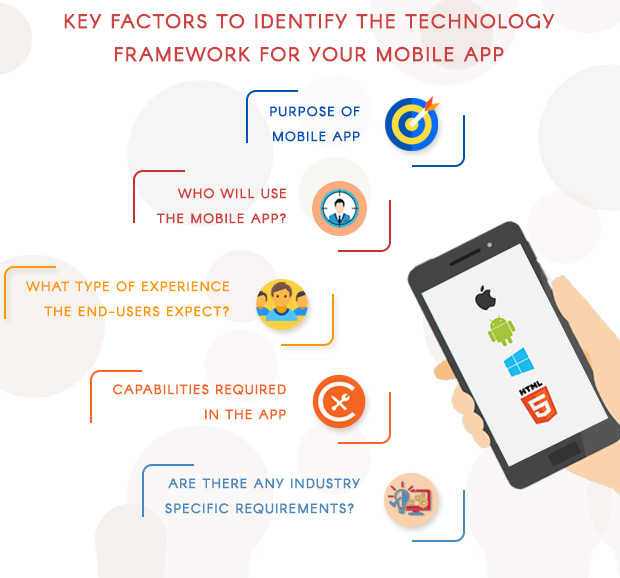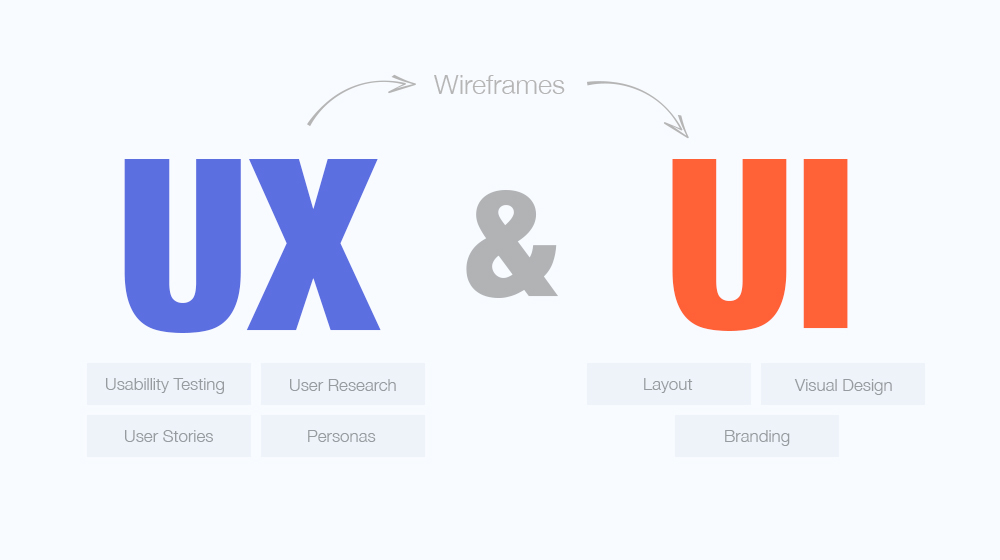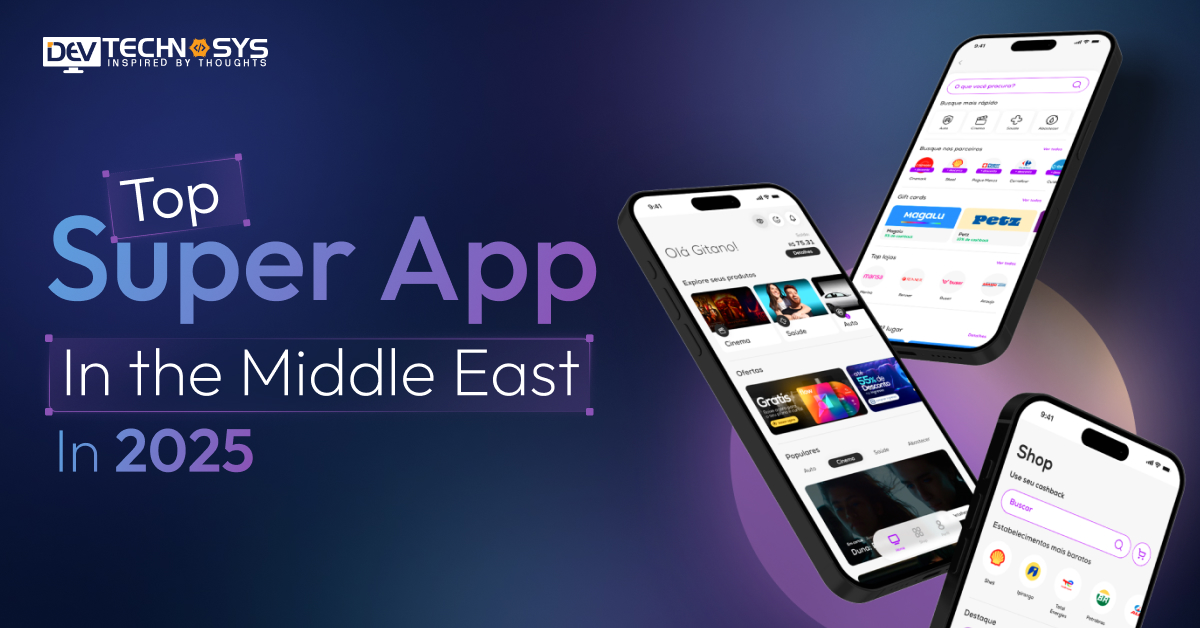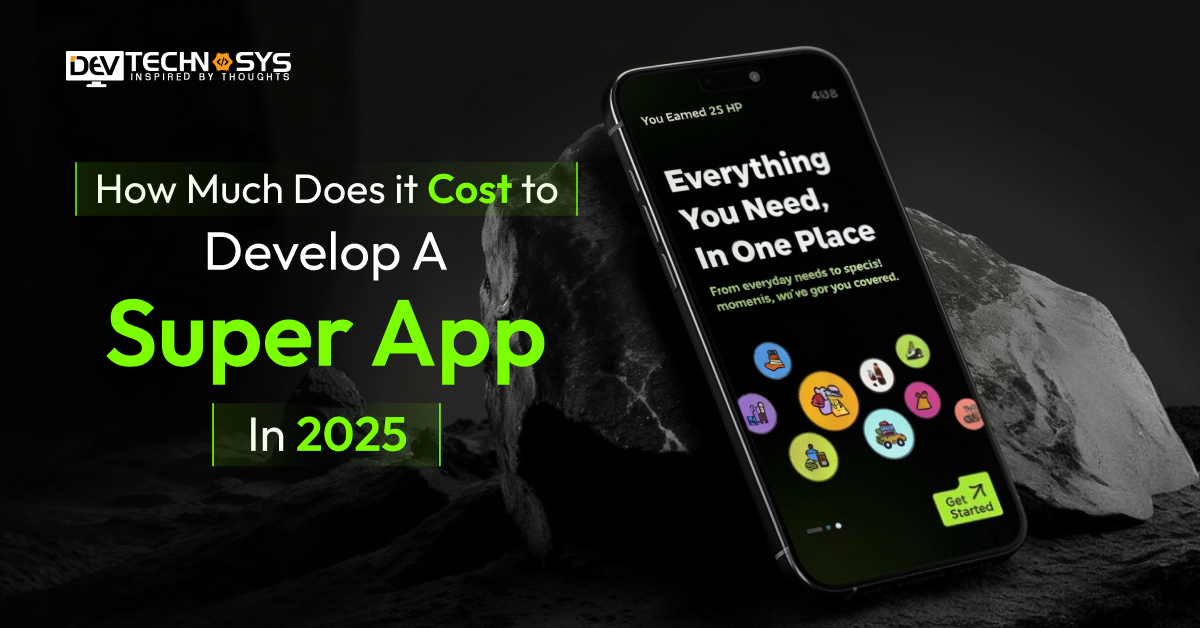As per Statista, global mobile data traffic is projected to increase nearly 3 times by 2022. And the numbers of downloads were 175 billion in 2017 already with over 42% of small businesses having their own mobile apps.
Revenues for the top-end app stores are expected to rise rapidly reaching around $80.6 billion by the time of 2022. With over 2.8 million apps on Google Play Store and 2.2 million apps on the Apple store already, there’s no stopping here.

So, let’s find out how this is all staged and carried out to reveal such big numbers in this step-by-step guide for 2022– knowing every detail about the mobile app development lifecycle.
What is Mobile App Development?
On technical grounds, the mobile app development lifecycle can be defined as the set of strategies involving high-end software development for creating apps that can be run on leading mobile devices in a seamless manner.
As the mobile app development lifecycle is known to include software development on mobile devices, the process leverages the exclusive features of the given device for optimum results.
What is the Purpose of a Mobile App?
For every creation of a mobile app, there should be a pre-defined purpose for the same. When you avail services from a mobile app developer for hire, you should have a specific goal in mind.
While the overall development, as well as the promotion of the app, might be an effective task, the app should aim at fulfilling some of the major business goals as:
- Solution Provider
- Entertainment Factor
- Added Value
Solution Provider
The mobile app that you develop for your business should aim at providing some relevant solutions to an issue or problem.
Right from promoting the products and services of your business to drawing the attention of the target audience, enabling interactions with the end-users, and so more –there is a myriad of solutions that can be provided by a mobile-based app for your business.
Entertainment Factor
The entertainment aspect of mobile apps is known to excel across the globe amongst the end-users. There is a huge variety of mobile apps providing ultimate sources of entertainment to users.
Therefore, as a business owner, you should aim at designing interactive, entertaining apps for the best outcomes.
Added Value
There are several apps that come with added value features to maximize the overall functionality. Right from solving day-to-day problems to handling specific tasks, the apps are designed for providing added value to the end-users.

What are the Different Types of Mobile App Development Processes?
When you are undergoing the mobile app development lifecycle, it is imperative for you to be aware of the different processes of app development at the same time.
Most of the mobile apps are designed by utilizing multi-purpose programming features and multiple frameworks. Some of the common processes for modern-day mobile app development are:
- Native App Development
- HTML5 Apps
- Hybrid Apps
Native App Development
These apps are created for a specific platform like iOS or Android. The programming languages that are utilized for the development of native apps are usually supported by the respective operating systems. At the same time, mobile app development tools are also supported by the given platforms.
HTML5 Apps
If you are willing to adopt the write-once-run-everywhere approach, then mobile app development through HTML5 app creation is the best option out there. Additionally, you would also prefer making use of JavaScript, CSS, and other similar programming languages for the development of HTML5 apps.
Hybrid Apps
In most cases with hybrid apps, the integration of HTML5 apps is made possible with the help of container creation. The HTML5 apps are developed in a typical native system.
Hybrid apps are known to offer authorization to larger platforms that are capable of supporting high-end hybrid apps.

Step-by-step Process of Mobile App Development Lifecycle
When you wish to go for professional mobile app development services, it is recommended to follow an in-depth, step-by-step strategy that makes the overall process proficient and hassle-free.
The mobile app development lifecycle is referred to as the series of necessary steps undertaken to deliver a fully-fledged app to be operated on mobile devices.
Right from identifying the unique concept of app development to its effective execution, promotion of the app, handling errors, and so more, there are several factors to consider while availing the mobile app development services.
As a mobile app development service provider, you are also expected to comprehend the latest mobile app development trends, technology, and tools that are required for designing as well as marketing the app.
In this post, we will help you unravel the essential stages of the mobile app development lifecycle.
- Strategy Creation
- Analysis & Planning
- UI/UX Design
- Information Architecture & Workflows
- Wireframes
- Style Design
- Mockup Creation
- App Development
- Testing
- Deployment & Support
Strategy Creation
The first process of the mobile app development lifecycle is the creation of the right strategy to be implemented. During the entire process of app designing and development, coming up with the right development strategy is of utmost importance.
While the objective of app development might differ from one business to another, there is still expected to be an app-specific impact during the mobile app development process.
Some of the important parameters to consider during the first stage of mobile app development are:
- Identifying the end-users of the app
- Researching the existing competition in the industry
- Establishing the individual goals & objectives of the app
- Selecting a specific mobile platform for launching the app
The strategy that you develop for mobile app development should aim at focusing on your overall vision to provide a clear picture of the entire scenario.
Analysis & Planning
Once you are done with conceptualizing the mobile app development process, you can continue with in-depth analysis and planning of the same.
The analysis and planning stage of the app development process is known to include the tasks of preparing the individual use cases while focusing on the in-depth functional requirements of the app.
Once you are ready with the specific requirements of the app, you can start preparing a proper roadmap for the same. The given stage is known to include the task of prioritizing the mobile app requirements while grouping the same into specific delivery milestones.
If you are concerned about the overall time as well as resources, then you can define the MVP (Minimum Viable Product) while prioritizing the same for the product launch.

In addition to this, the planning phase is also known to identify the individual skills that might be required for the project. For instance, Android &iOS platforms are known to make use of different stacks when it comes to the entire app development strategy.
If you are aimed at developing a mobile app for both Android as well as iOS platforms, then you should aim at hiring both iOS& Android mobile app developers in your team.
At the same time, it is also recommended to make sure that you have selected a unique mobile name and domain name for the same.
UI/UX Design
The ultimate goal of any mobile app out there is to deliver a high-end, seamless experience to the end-users. The overall app design should be user-friendly and interactive at the same time.
The overall success of the mobile app depends on how easily the users are adapting to the app while obtaining relevant benefits from the app features.
The ultimate goal of UI/UX design for mobile app development is the creation of an excellent user experience through the delivery of a highly intuitive, interactive, and informative app.

The UI app designs can help you in ensuring the early adoption of the app. At the same time, the UX design of the app is concerned with maximizing the overall user experience through rich app features.
Information Architecture & Workflows
The overall flow of information within the app is a crucial aspect. The data that you display in the app along with the flow & architecture of the app information plays a vital role in enhancing the user experiences.
A typical enterprise mobility solution is known to feature multiple users with different privileges and roles. Therefore, it becomes vital for you to incorporate the necessary information workflow within the app architecture.

You can consider making use of advanced workflow diagrams that help in identifying every possible user interaction within the app. The workflow diagram can also be utilized for helping with the navigation of the app.
Wireframes
Most professional designers, as well as developers, are known to begin the mobile app development process by drawing a rough sketch on paper first. Wireframes are regarded as crucial forms of digital sketches that are essential for app designing.
Wireframes can be defined as conceptual layouts that are known for imparting the necessary structure to the app. Wireframes also go by the name “low-fidelity mockups.”

When you are making use of the wireframes, the ultimate motive is to focus on the overall aesthetics as well as the structure of the mobile-based app. While there is no focus on the color scheme or style used, wireframes are known to focus entirely on maximizing the user experience.
As a mobile app developer, you can analyze that the creation of wireframes is simpler and highly cost-effective for your business. The best part is that you can keep editing or iterating the wireframes during the entire mobile app development lifecycle.
Style Design
Referred to as “living documents,” style design during mobile app development is known to house the design standards of the app –right from app branding to designing the navigation icons, and so more.
Style guides help in contributing to the overall design strategy of the app. When you are able to establish the style guide in your app design process quite early, it helps in improving the productivity of the entire team. Additionally, it is also recommended to keep a note of the app design and aesthetics.
Mockup Creation
Mockups go by the name high-fidelity designs These are expressed as flat renderings that help in enhancing the visual design of the app. With mockups, the wireframes are known to combine with the respective guidelines concerning the app style design.

As the app design starts getting finalized, you can still expect slight to major changes to the entire workflow, information architecture, aesthetics, functionality, and so more.
When it comes to creating a mockup for app development, Adobe Photoshop is the most famous tool out there.
App Development
Once you are done with the analysis & planning stage of app development, the next stage is to advise towards the main task of app development. Before you start over with the actual programming or development, here are some tips to follow:
- Aim at defining the technical architecture of the app
- Always pick a high-end technology stack
- Defining the development milestones for your app
Testing
As a business owner or mobile app developer, it is essential to perform in-depth QA (Quality Assurance) testing for the best outcomes.
During the testing phase, you are expected to check each & every aspect of the app based on various factors like the performance of the app, page loading time, speed, ease of navigation, and so more.
For comprehending the results of mobile app development, you are required to prepare the test cases that make the application highly functional and secure. The respective test cases of the app are known to check each & every of the mobile app development processes.

Test cases are also utilized for recording the individual test results for ensuring the quality of the software application while fixing the errors (if any).
The best practice for testing the software application is through the involvement of testing in the Analysis & planning stages of app development.
Different types of testing mechanisms are:
- User experience testing
- Functional testing
- Performance testing
- Security testing
- Device & platform testing
Deployment & Support
Once the app has been designed and launched, the next stage involves the process of deploying and supporting the app. As an app developer, you are expected to provide the necessary support to the app throughout its deployment cycle.
Let’s wrap up –
Developing an app is not a tough task but it involves the step-by-step procedure. Each step should be performed with smartness. Every effort will be counted at the time whenever the users will open the app.
Hope this post may help you in grasping the steps of the mobile app development lifecycle. If you further feel to ask any questions, you are free to ask.













